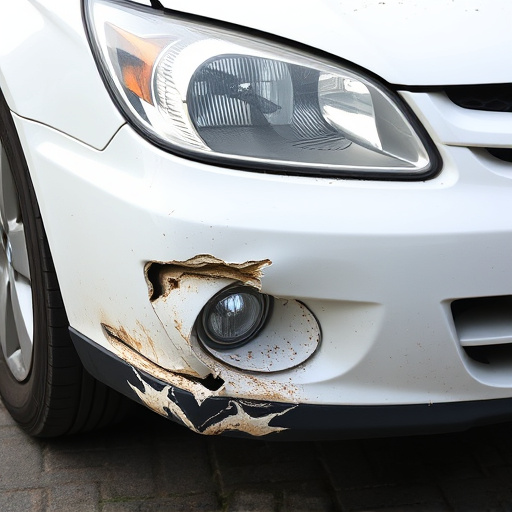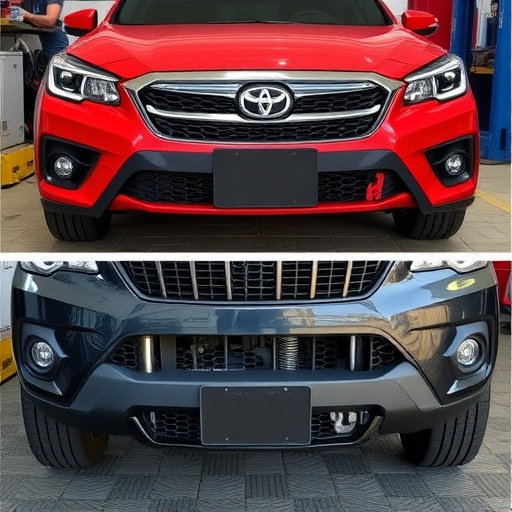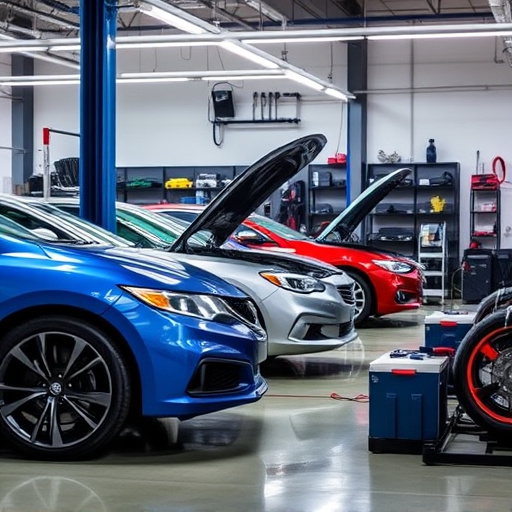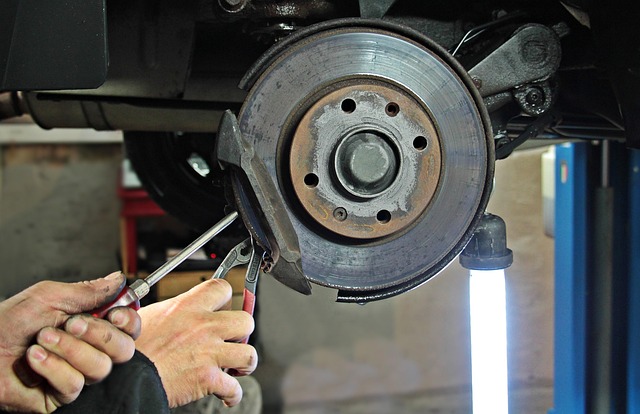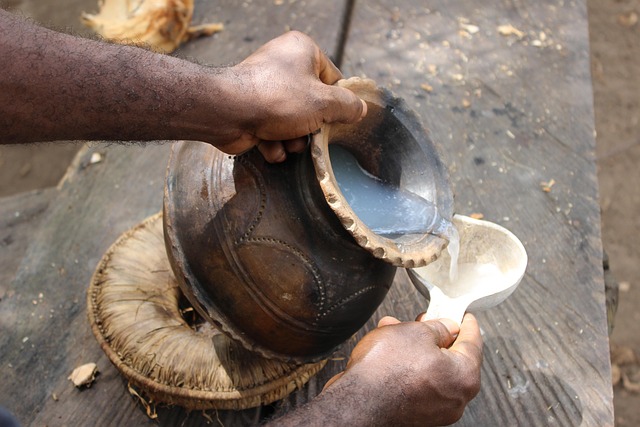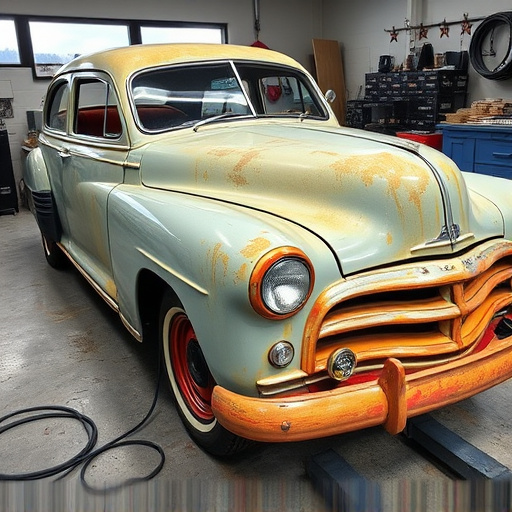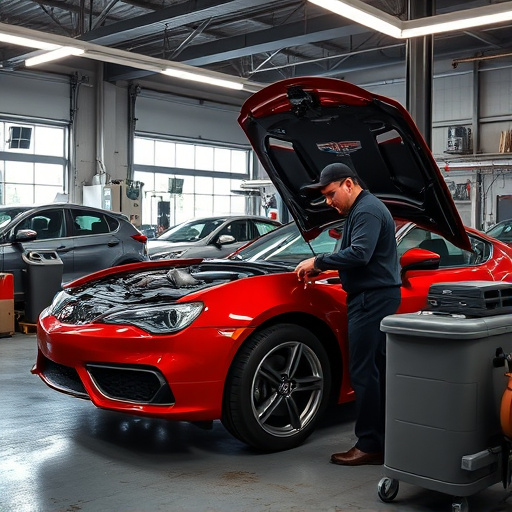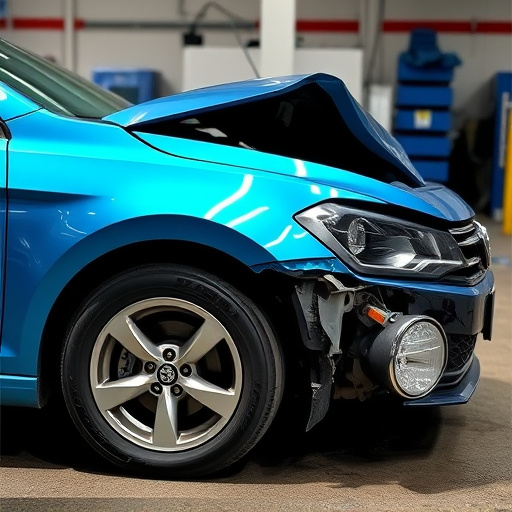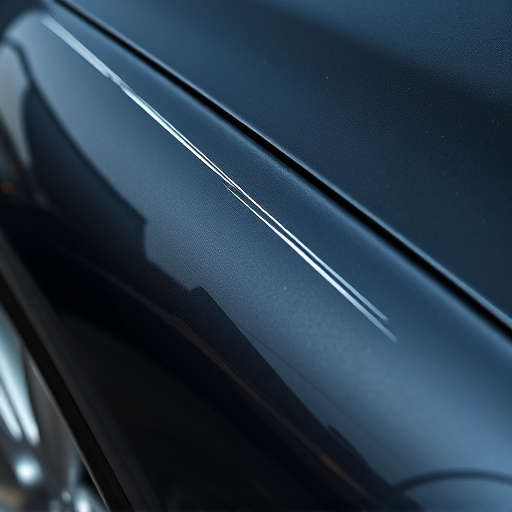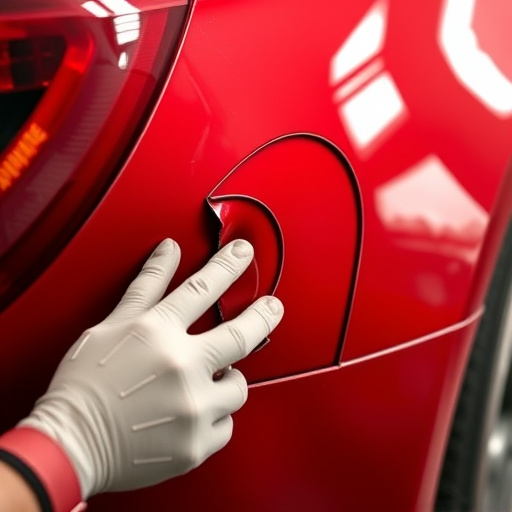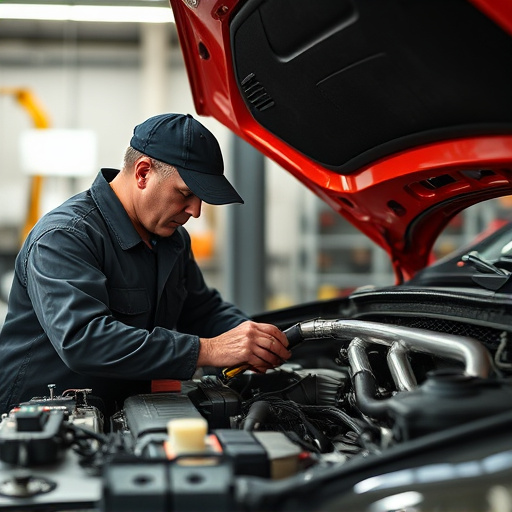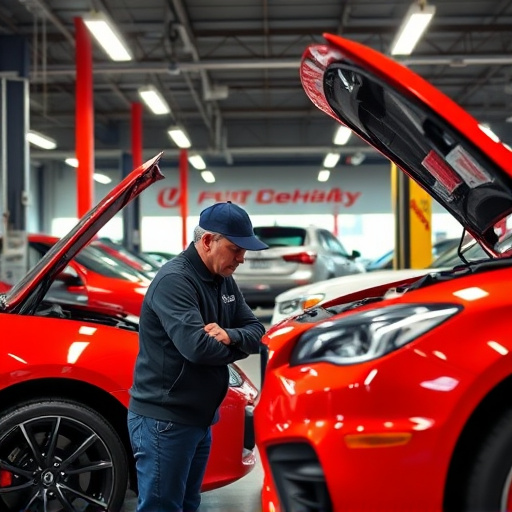Repairs, especially visible ones, can cause a vehicle's diminished value after repair due to perceived quality and originality issues. Key factors include repair visibility and work quality, with subpar repairs potentially leaving unsightly marks or inconsistencies. To minimize this, owners should prioritize regular servicing, use high-quality parts, and engage specialized services employing OEM or equivalent parts for precise repairs, preserving finish and resale value.
In the realm of auto repairs, understanding diminished value after repair is crucial for both car owners and professionals. This phenomenon refers to the decrease in a vehicle’s market value following repair work, often due to various factors. In this article, we’ll explore common repair types that significantly impact value loss, delve into the underlying causes, and provide strategies to minimize these losses. By recognizing these issues, you can navigate repairs with greater awareness, ensuring better outcomes for your vehicle’s longevity and resale value.
- Understanding Diminished Value After Repair
- Common Causes of Post-Repair Depreciation
- Strategies to Minimize Loss in Auto Repairs
Understanding Diminished Value After Repair
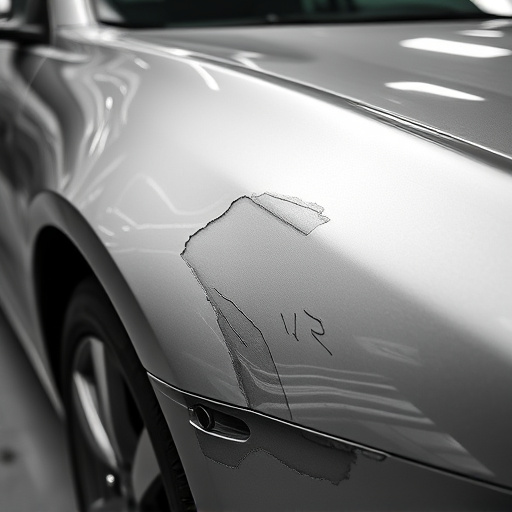
After a repair, it’s common for a vehicle to experience what’s known as diminished value—a reduction in its overall market worth. This concept is crucial to grasp, especially when considering options like fender repair or more extensive body shop services. The impact of diminished value after repair can be significant, affecting not just the car’s resale price but also its perceived condition and desirability among potential buyers.
Several factors contribute to this phenomenon. In the world of auto repairs, whether it’s a simple fender repair or complex auto painting, the process itself can leave visual reminders. Even minimal scuffs, paint imperfections, or evidence of previous fixes may influence how a buyer perceives the vehicle’s quality and originality. Moreover, certain body shop services might not perfectly replicate the original finish, leading to a deviation from the car’s initial aesthetic appeal—a factor that buyers often consider when making significant investments in vehicles.
Common Causes of Post-Repair Depreciation
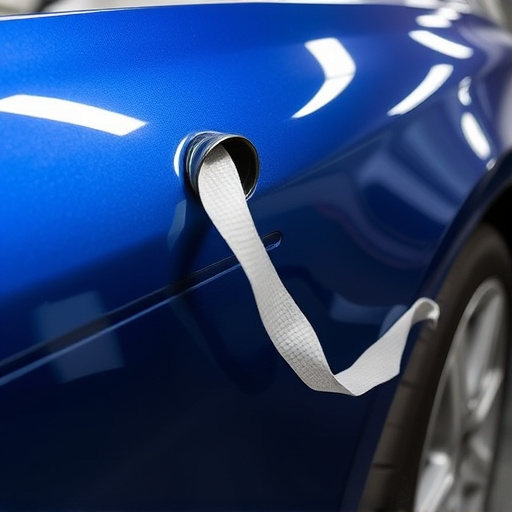
The impact of repairs on a vehicle’s value can be significant, leading to what’s commonly known as “diminished value after repair.” Several factors contribute to this post-repair depreciation, many of which are preventable. One of the primary causes is the visibility of the repair itself. Visible patches of car paint repair or evidence of automotive restoration can detract from a vehicle’s overall aesthetic appeal, impacting its perceived worth in the eyes of potential buyers.
Additionally, the quality of the repair work plays a crucial role. Subpar vehicle repair or lackluster car paint repair jobs can leave unsightly marks, bubbles, or inconsistent finishes. Such imperfections not only reduce the car’s attractiveness but also signal to prospective owners that the vehicle may have undergone less-than-ideal maintenance history, further diminishing its value.
Strategies to Minimize Loss in Auto Repairs
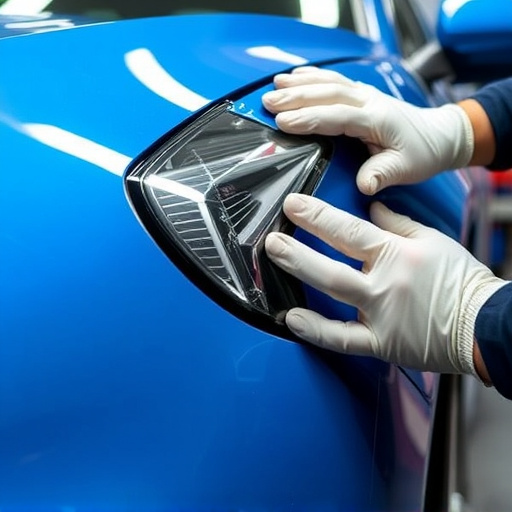
When it comes to auto repairs, minimizing diminished value after repair is a top priority for many vehicle owners. To achieve this, it’s essential to strategize and plan ahead. One effective approach is proactive maintenance—regular checks and servicing can prevent minor issues from turning into major repairs, thus preserving your car’s value. Additionally, using high-quality parts during repairs ensures longevity and resilience against future damage, reducing the need for frequent fixings.
Another strategy is to opt for specialized and reputable car repair services that prioritize original equipment manufacturer (OEM) parts or their equivalents. Professional fender repair, for instance, should aim to match the original finish and precision to avoid visible scars that could negatively impact your vehicle’s resale value. By combining these strategies with informed decisions, you can minimize the diminished value after repair, ensuring your car maintains its worth over time.
After exploring common repair types and their impact on a vehicle’s value, it’s clear that understanding diminished value after repair is crucial for both car owners and automotive professionals. By recognizing the various causes of post-repair depreciation, such as poor quality work or unnecessary repairs, and implementing strategies to mitigate these issues, it’s possible to minimize loss and ensure fair transactions. Staying informed about these factors can help protect your investment and promote transparent practices within the industry.
